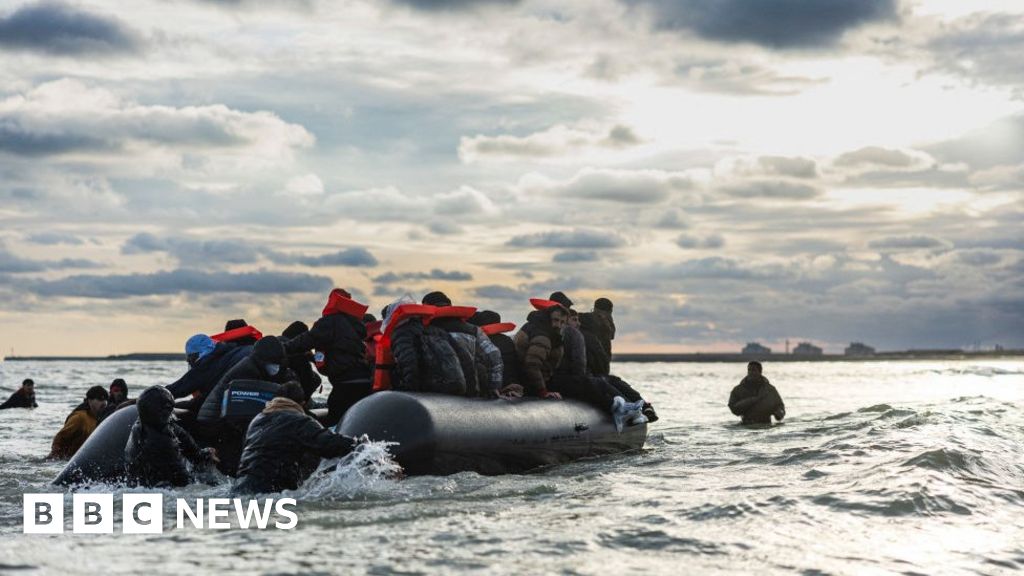- Permafrost describes earth that’s been frozen for two or more consecutive years
- This frozen soil is filled with hundreds of thousands of dormant microbial species
The world is still recovering from a deadly coronavirus pandemic that killed almost seven million people — including around 230,000 in the UK.
But scientists have issued a chilling warning that an even more lethal ‘Factor X’ virus could be lurking in Earth’s permafrost, just waiting to be unleashed.
Worse still, they say climate change has made it more likely that a host of deadly diseases which have laid dormant for hundreds of thousands of years could be freed as the planet continues to warm.
That’s because the frozen soil – or permafrost – is teaming with a huge number of dormant microbial species, many of which scientists no little or nothing about.
It could also trigger the release of extinct diseases such as smallpox or pathogens that once wreaked havoc among our ancestors, experts warn.
‘There is a Factor X that we really don’t know very much about,’ Birgitta Evengård, a professor in infectious disease at Umeå University in Sweden, told Newsweek.
‘Deep down in the permafrost, there must be microbes – especially viruses but also bacteria – that were on Earth long before Homo sapiens existed.’
According to virologist Jean-Michel Claverie, of Aix-Marseille University, it may also be that ancient viruses which infected and caused the extinction of Neanderthals or mammoths also lay within this permafrost.
When asked what else could be hiding in the frozen tundra, he told Newsweek: ‘Viruses from extinct diseases such as small pox; the always-present anthrax, through spore-contaminated areas; and also the accelerated spread of diseases already known to [exist] in today’s Arctic such as tularemia, a serious bacterial infection, or tick-borne encephalitis.’
Scientists have highlighted six frozen pathogens they believe pose the biggest threat to humanity.
Only last year, a team of experts also announced that they had revived a 48,500-year-old virus found in melting Siberian permafrost.
It is among seven types of viruses in the permafrost that have been resurrected after thousands of years.
The youngest had been frozen for 27,000 years, and the oldest, Pandoravirus yedoma, was frozen for 48,500 years.
Although the viruses are not considered a risk to humans, scientists warn that other pathogens exposed by melted ice could be ‘disastrous’ and lead to new pandemics.
A warning shot came in 2016, when a heatwave in Siberia activated deadly anthrax spores which killed a 12-year-old boy and thousands of animals.
The term ‘permafrost’ describes earth that has been frozen for two or more consecutive years, although some parts of Siberia have remained that way for over 650,000 years.
Experts estimate that a quarter of the northern hemisphere sits on top of permafrost, but large areas are now melting as the world warms.
The planet is already 1.2 degrees Celsius warmer than it was in pre-industrial times, and scientists have warned that the Arctic could see ice-free summers by the 2030s.
Clarverie’s team first revived viruses in 2014, focusing for safety reasons on those which could only infect amoebas.
Since 2019 alone, he has uncovered 13 new viruses and has warned that an unknown, ancient pathogen could have ‘disastrous’ effects for the human race.

Dr. Thomas Hughes is a UK-based scientist and science communicator who makes complex topics accessible to readers. His articles explore breakthroughs in various scientific disciplines, from space exploration to cutting-edge research.








